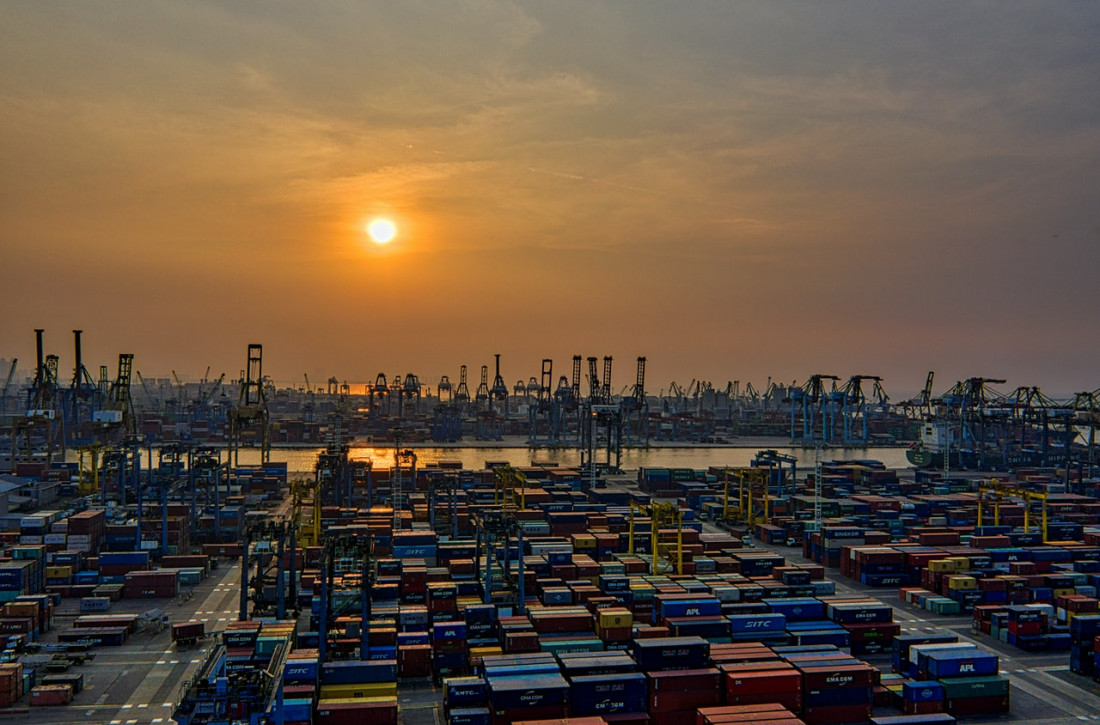Already the higher profit margins frequently seen in the specialty chemicals sector are drawing companies towards manufacturing products that are further down the supply chain. Demand for chemicals in India is growing, as the increase in demand for the everyday products enjoyed in the West is growing.
It is predicted that the Indian middle class will number 580 million by 2030, resulting in rapid growth in automobile and domestic appliance production. Whilst a recent study showed that, “Between 2001 and 2011, the contribution of petrochemical and engineering goods to total exports grew from 14% to 42%.”
Ramkrishna Kashelkar, of the EconomicTimes of India notes the problems that smaller Indian chemicals companies face in these times of growth. He states that, “The specialty chemicals segment benefits from the fact that unlike commodity chemicals, they are not exposed to profit volatility. [However] not all companies can be equally agile in launching new products.” But he does note that some Indian firms are starting to adapt to the new business climate. “For instance, Mumbai-based Vinati Organics has emerged as the world’s biggest manufacturer of IBB – a specialty chemical used in the manufacture of anti-inflammatory drug ibuprofen – and the second biggest manufacturer of ATBS – a monomer used in the petroleum industry to secure crude oil out of deep wells. Similarly, Camlin Fine Sciences has emerged as a major player in food anti-oxidants, a segment in which it wants to grow capacities further.”
Other bulk chemical producers are also developing more specialty chemical production capabilities. One such company is Atul Limited, based in the province of Gujarat, which traditionally made standard colorants and agrochemicals. It has recently started an expansion program that includes the commissioning of the world’s largest para-Cresol plant. This versatile product is widely used in the manufacture of fragrance and in the personal care industry.
Meanwhile, Thirumalai Chemicals, who have a plant near Chennai that supplies phthalic anhydride to the paint industry, has also ventured into the specialty chemicals segment by making food acids. It is now one of the world’s top four producers of malic acid with a capacity of over 6,000 tonnes. As Thirumalai Chemicals’ managing director, R Parthasarathy, observes, “Malic acid is naturally found in apple and is better than citric or tartaric acid as a food additive. We are now the only producer in Asia.”
The strategy taken by Thirumalai chemicals is far from unique, but instead is part of a growing trend across the Indian chemicals industry to invest in developing specialised products for the improved profits they offer, whilst the processes are more complicated and the plant more expensive the rewards make economic sense. As Rajendra Gogri, vice-chairman and managing director of Aarti Industries (a benzene-based specialty chemicals producer) states, “The specialty chemicals business is driven by specialised assets and knowledge-based applications that make the business more complex and create a niche for products having higher and more stable margins.“
Pravin Herlekar, CMD of Omkar Specialty Chemicals, a supplier of intermediates to pharma and personal care industries, agrees that the time and money required to develop and manufacture specialised products may be off-putting, but in a developing market like India’s, the end result can sometimes make it very worthwhile, if not unique. He is glad that his company took the risk to invest in R&D, stating, “Thanks to our robust research and development, we come out with three to four new molecules every quarter. Often our products are new to the Indian market. Our conscious strategy is to avoid such products which others can make.”
Such strategies to invest and research are very necessary in specialty chemicals, as maintaining an information advantage is sure to bring rewards. However, expansion in a time of economic boom is relatively easy. It will be interesting to see how the Indian chemicals industry reacts to increased globalisation and competition from aboard.

